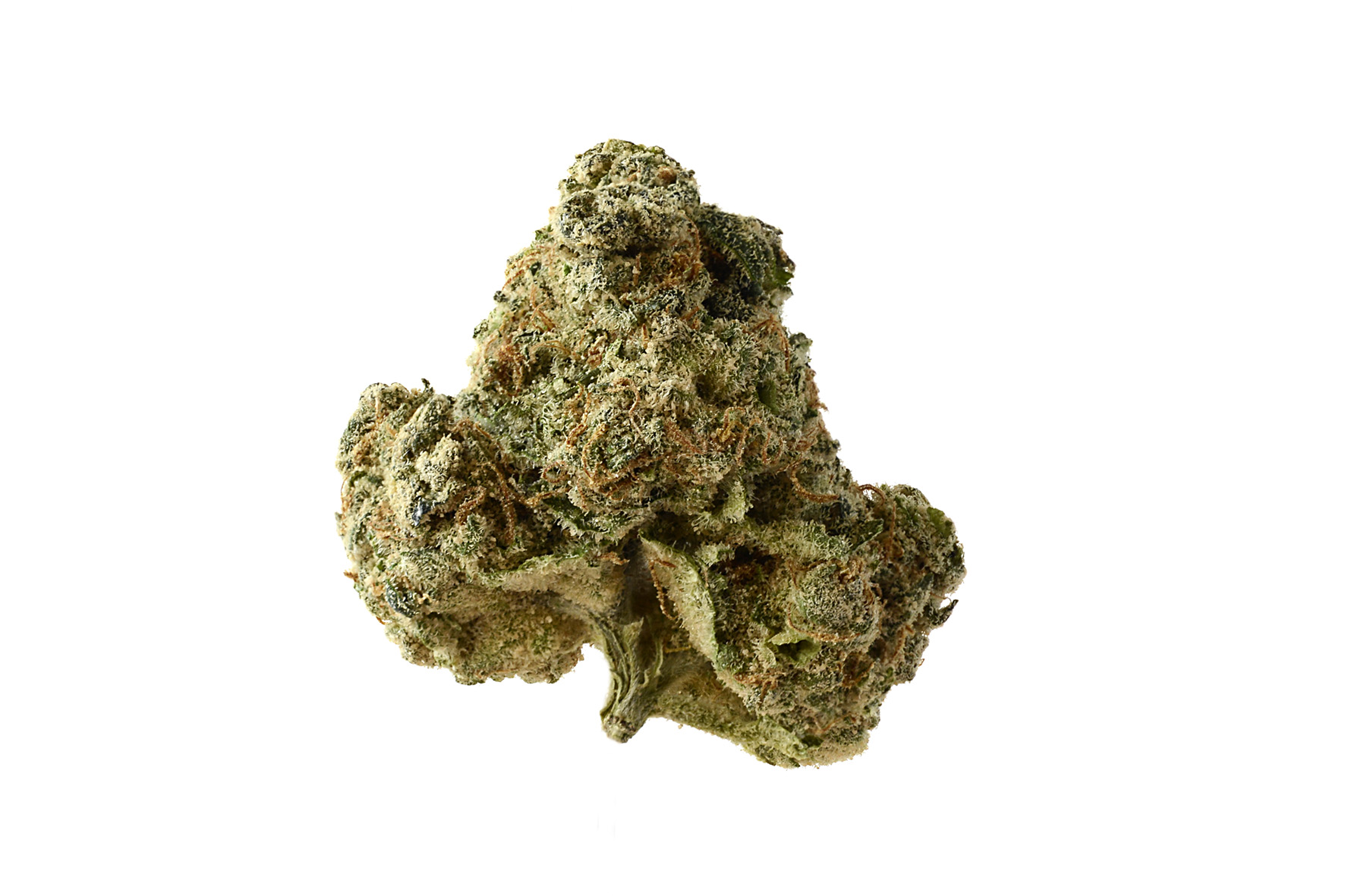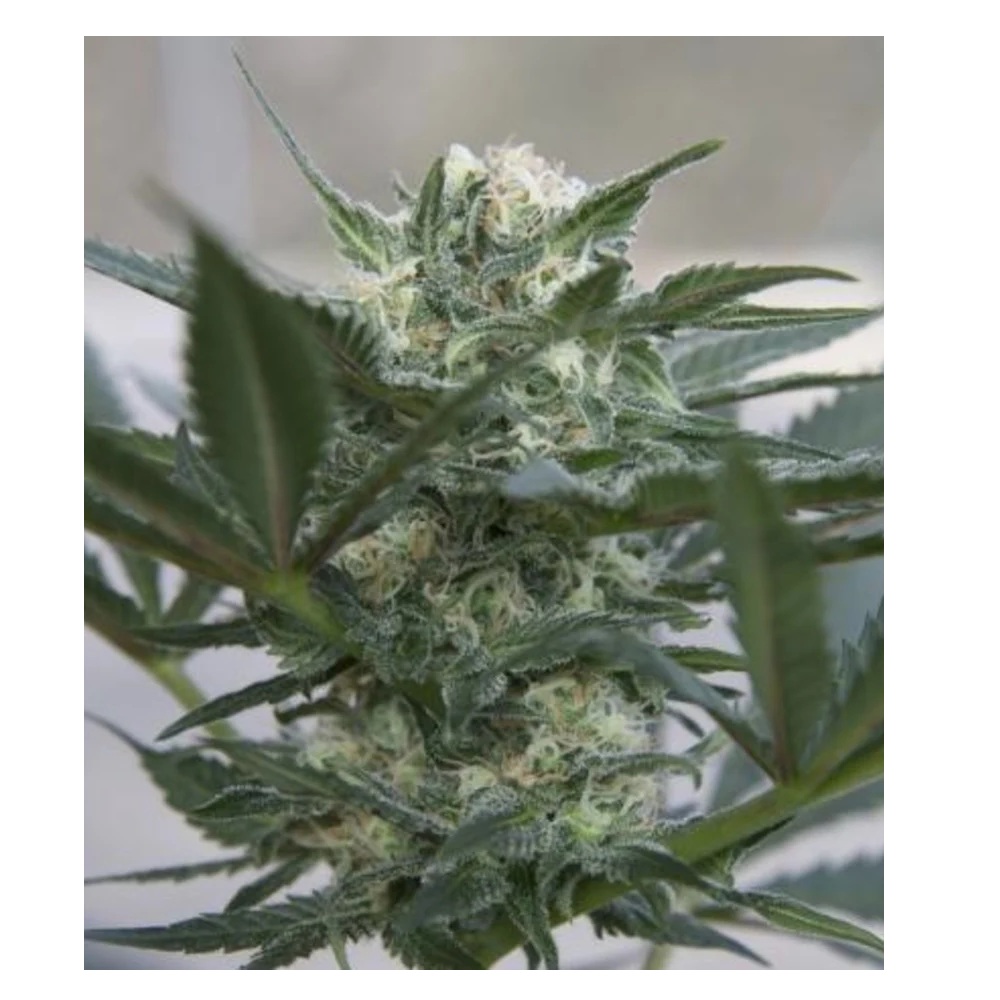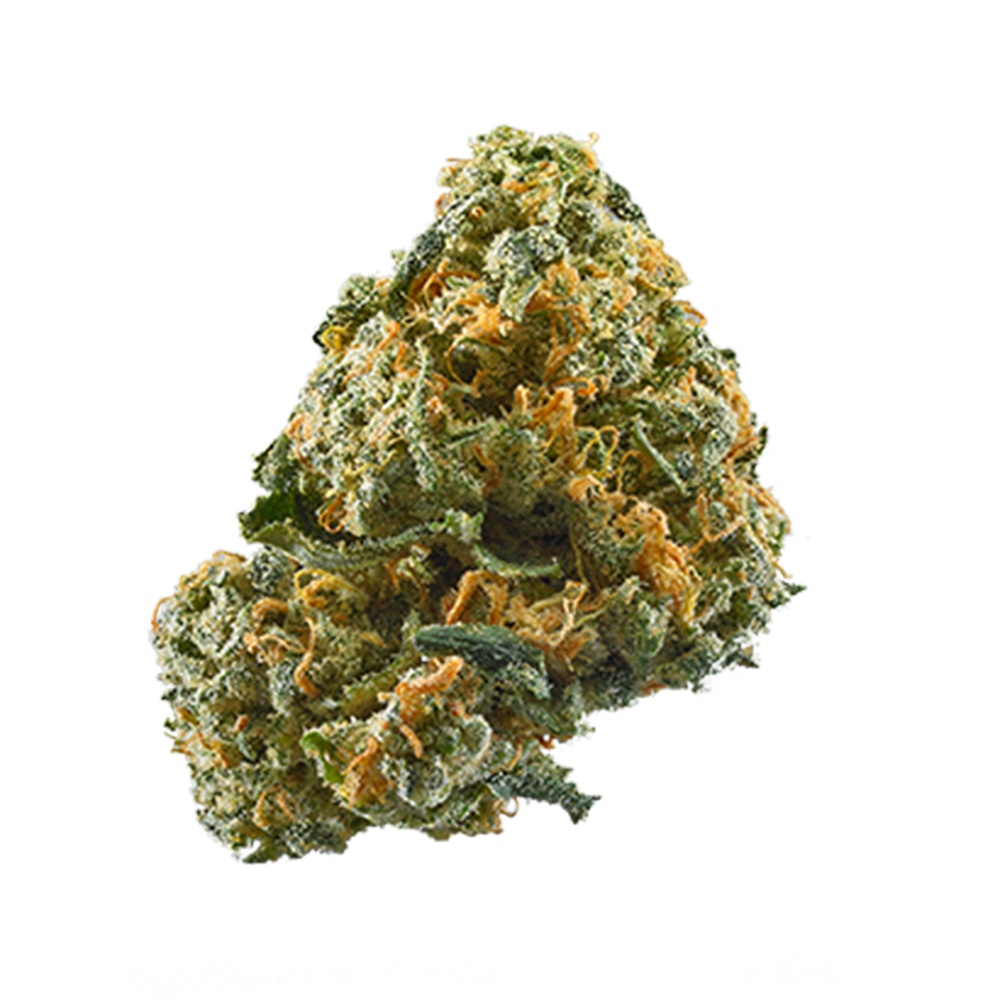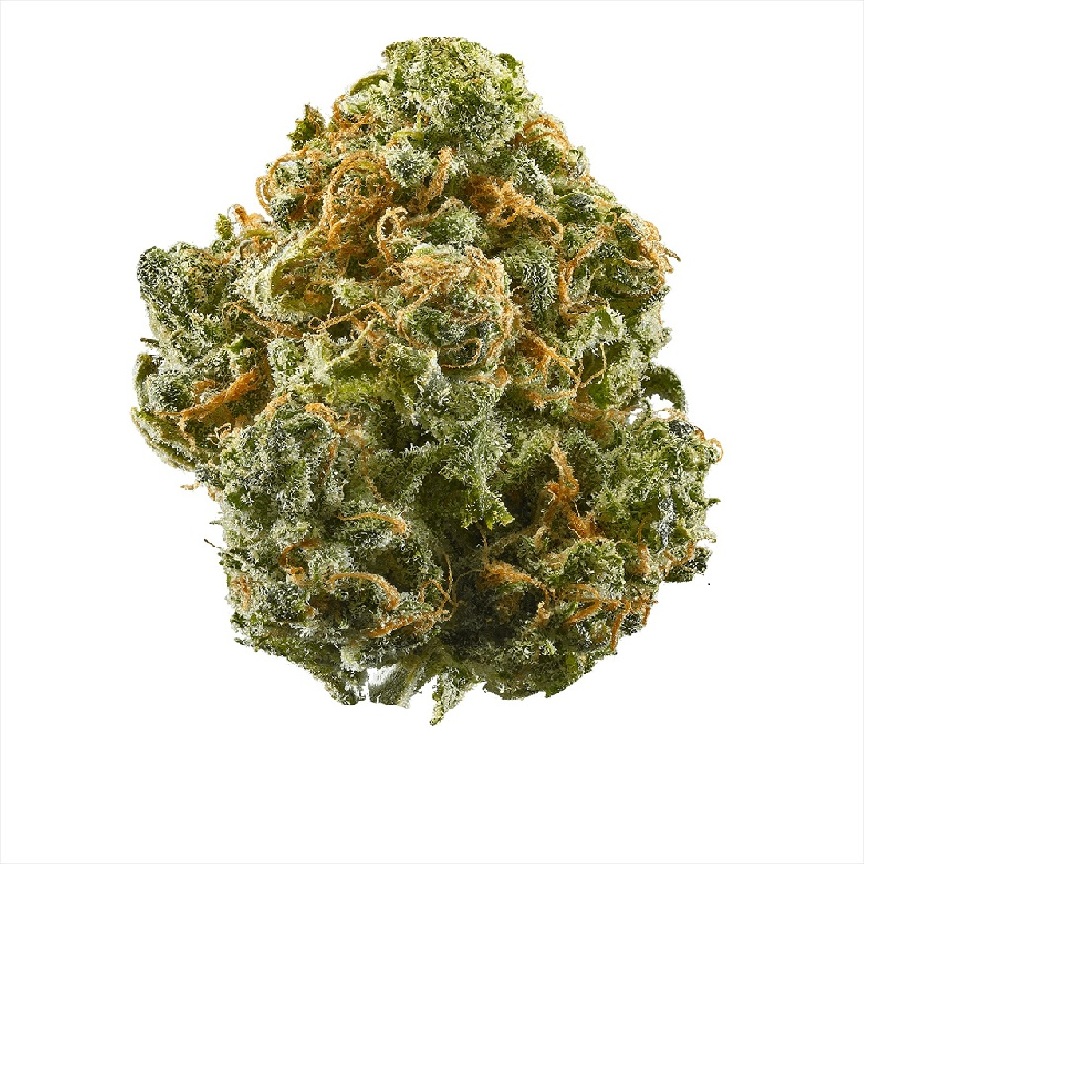Cruise 232 Marijuana Strain
Introduction
Cruise 232 is a hybrid marijuana strain known for its unique blend of effects and flavorful profile. While it may exist only in the realm of imagination, this guide will provide detailed insights into its imagined characteristics, allowing enthusiasts to envision its potential qualities.
Genetic Lineage
While the genetic lineage of Cruise 232 is fictional, let’s imagine it as a hybrid strain resulting from the crossbreeding of two legendary parent strains: “Cruise” and “232.” Cruise is envisioned as a sativa-dominant strain known for its uplifting and energizing effects, while 232 represents an indica-leaning strain with relaxing and sedative properties. The combination of these imagined genetics results in Cruise 232, a hybrid strain designed to provide a balanced and enjoyable cannabis experience.
Appearance
In its fictional depiction, Cruise 232 buds boast a dense and resinous structure, adorned with vibrant hues of green and purple. The trichome coverage gives the buds a sparkling appearance, indicating their potency. Rusty orange pistils add to the visual appeal, weaving through the foliage and enhancing the overall aesthetic.
Flavor and Aroma
Cruise 232 is imagined to offer a delightful flavor and aroma profile. Upon inhalation, users are greeted with a burst of fruity sweetness, reminiscent of tropical fruits and berries. This initial burst of flavor is complemented by subtle hints of earthiness and spice, adding depth to the overall experience. The aroma fills the air with a tantalizing scent of citrus and pine, creating an inviting atmosphere that enhances the cannabis experience.
Effects
As a fictional strain, Cruise 232 is imagined to provide a well-rounded and harmonious high. The initial effects are characterized by a wave of euphoria and mental clarity, uplifting the mood and enhancing creativity. Users may experience a surge of energy and motivation, making Cruise 232 ideal for daytime use or social activities. As the high progresses, a gentle sense of relaxation washes over the body, melting away tension and promoting physical comfort without inducing sedation.
Medical Uses
While Cruise 232 is a fictional strain, its imagined therapeutic potential extends to various medical applications. Patients may envision using Cruise 232 to alleviate symptoms of stress, anxiety, and depression, thanks to its uplifting and mood-enhancing effects. Additionally, the strain’s ability to promote relaxation and ease physical discomfort may provide relief for conditions such as chronic pain, inflammation, and muscle spasms. Cruise 232’s balanced effects make it a versatile option for patients seeking relief from a wide range of ailments.
Cultivation Tips
Although Cruise 232 exists only in the realm of imagination, envisioning its cultivation can be an enjoyable exercise. Hypothetically, cultivating Cruise 232 would require attention to detail and a basic understanding of cannabis cultivation techniques. Whether grown indoors or outdoors, Cruise 232 would thrive in a temperate climate with moderate humidity levels. Here are some imagined cultivation tips:
Climate
Cruise 232 would prefer a mild to warm climate with temperatures between 68-80°F (20-27°C) during the day and slightly cooler temperatures at night.
Lighting
For indoor cultivation, high-quality LED or HID grow lights would be recommended to promote healthy growth and maximize yields. Outdoor plants should be placed in a sunny location with ample natural light.
Nutrients
Cruise 232 would benefit from a balanced nutrient regimen tailored to its specific needs throughout the vegetative and flowering stages. Organic fertilizers and supplements could enhance flavor and overall plant health.
Pruning and Training
Regular pruning and training techniques such as topping, low-stress training (LST), and defoliation could help manage plant growth, improve airflow, and maximize light penetration, resulting in healthier plants and higher yields.
Conclusion
In conclusion, Cruise 232 may be a fictional strain, but imagining its characteristics and potential applications can be an enjoyable exercise for cannabis enthusiasts. With its balanced effects, delightful flavor, and imagined therapeutic benefits, Cruise 232 embodies the essence of a well-rounded hybrid strain. Whether enjoyed for recreational purposes or envisioned for medicinal use, Cruise 232 offers a tantalizing glimpse into the diverse world of cannabis strains.









